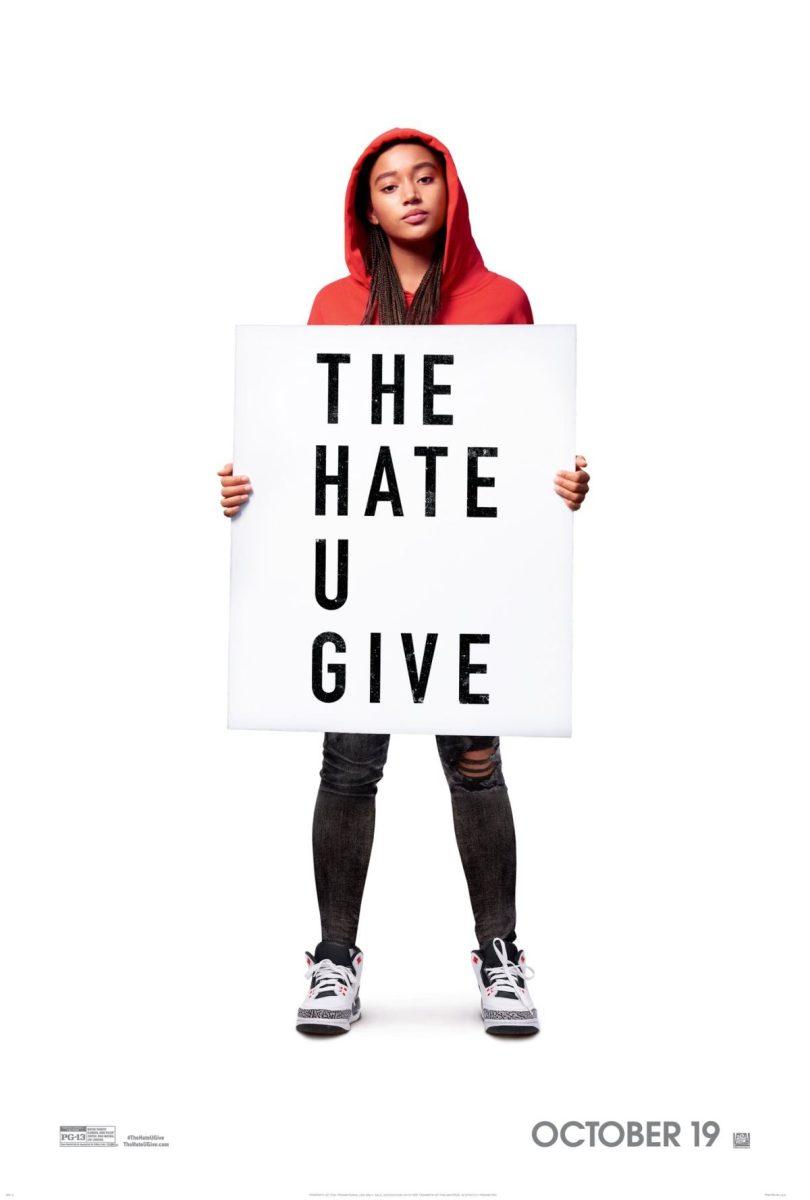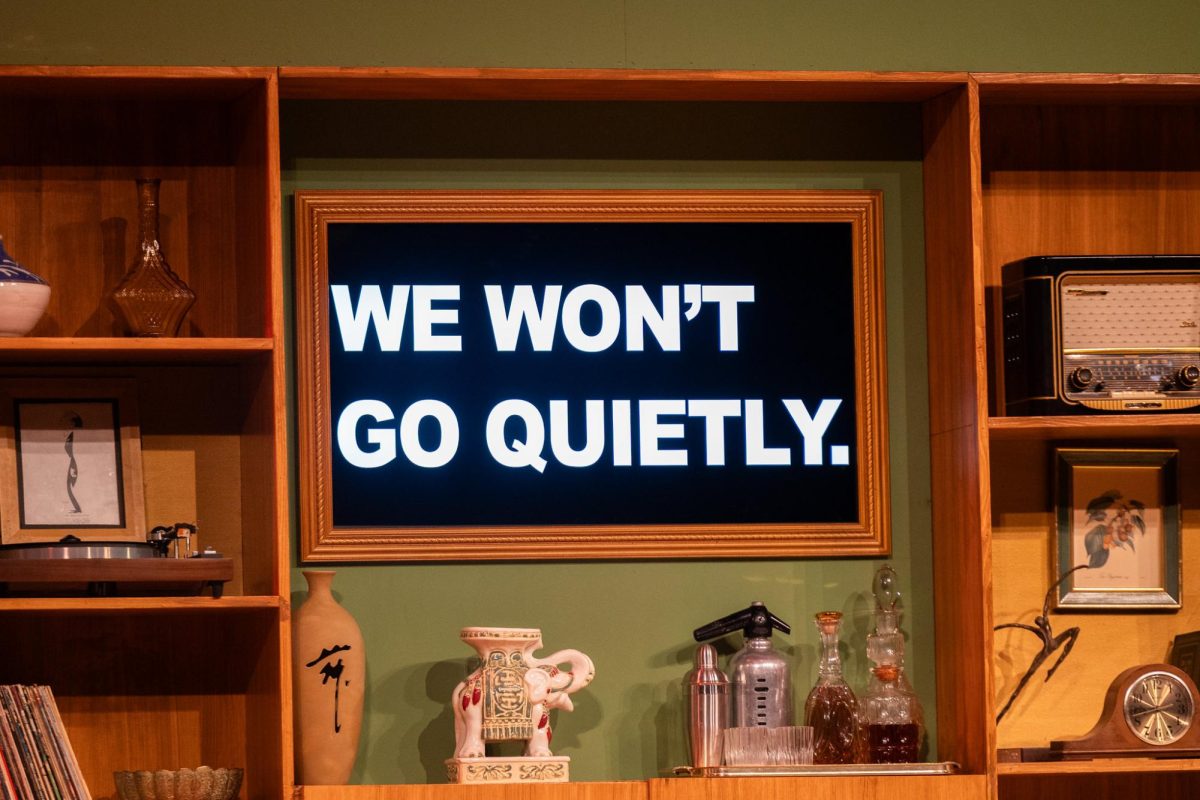“The Hate U Give” addresses a vital issue in American society today: the harsh reality of violence against black communities by the police force. It shows the balancing act between a young girl in high school trying to find her voice while protecting herself from all angles of the situation.
The movie starts off with the main character, Starr Carter, addressing the two versions of herself. On one side, she is from Garden Heights, a predominantly black community the characters refer to as “the hood”, where murder and violence is so frequent that gun shots at a party is hardly a reason for panic. On the other hand, Starr and her two brothers, Seven and Sekani, attend a private school called Williamson that primarily serves white privileged students.
She keeps these two versions of herself completely separate until she is faced with a challenging decision: to stand up for her community before a grand jury or keep quiet. Making herself known risks her reputation at her private school which hides her background in the hood and violent part of town. After being the key eyewitness to her best friend being fatally shot during a traffic stop, Starr initially wants to hide her identity in order to protect “Starr verison two” at Williamson, as well as to protect herself from the drug lords of her community. Eventually she realizes she needs to be the voice for her deceased best friend, Khalil, and the voice for her community in a powerful speech she gives at a black rights protest. In the end, Starr has an epiphany and realizes that she shouldn’t have differing versions of her identity and that she must represent her people and be her full self or else she is not showing her authentic identity.
This picture was extremely well filmed illustrating to the audience the depth of this nationwide problem and addressing both sides of the argument regarding police brutality. The director made a very important decision allowing the audience to see the cop’s reaction when he realizes the hairbrush Khalil is holding is not a gun. It displays the reality of how traffic stops involving black males can easily get misjudged by white police officers. This is vital in the film because it shows the side of many police officers’ arguments and gives you a feel for the all too familiar mistake. However the effects a small misreading like this are often fatal. Later in the film, Starr is speaking to her uncle that happens to be a police officer when she uncovers the truth that if it had been a white male the immediate response would be to shout, “Put your hands up!” whereas the immediate reaction when it involves a black male is to shoot and kill.
“The Hate U Give” also realistically portrays how black communities are depicted in the news and media. There is a scene where the mother of the boy that got shot is on the news looking hysterical and deranged. Starr and her friend comment on this representation saying something along the lines of, “Why do they gotta use this footage of Mrs. Harris looking like that?” Furthermore, every step following the shooting, from the detectives to the news anchors, to the interviewers and even Starr’s classmates and friends shows everyone being primarily concerned with Khalil’s past. They discuss his drug dealings, and that maybe the police officer had good reason to shoot.
This film was intense and dramatic but harshly realistic of the dangers, misrepresentations and misjudgements that black communities face on a daily basis. The violence they face every day is an issue that continues despite the number of black people being shot and killed. I would highly recommend “The Hate U Give” to anyone looking for a humorous yet intense and eye-opening movie.



































